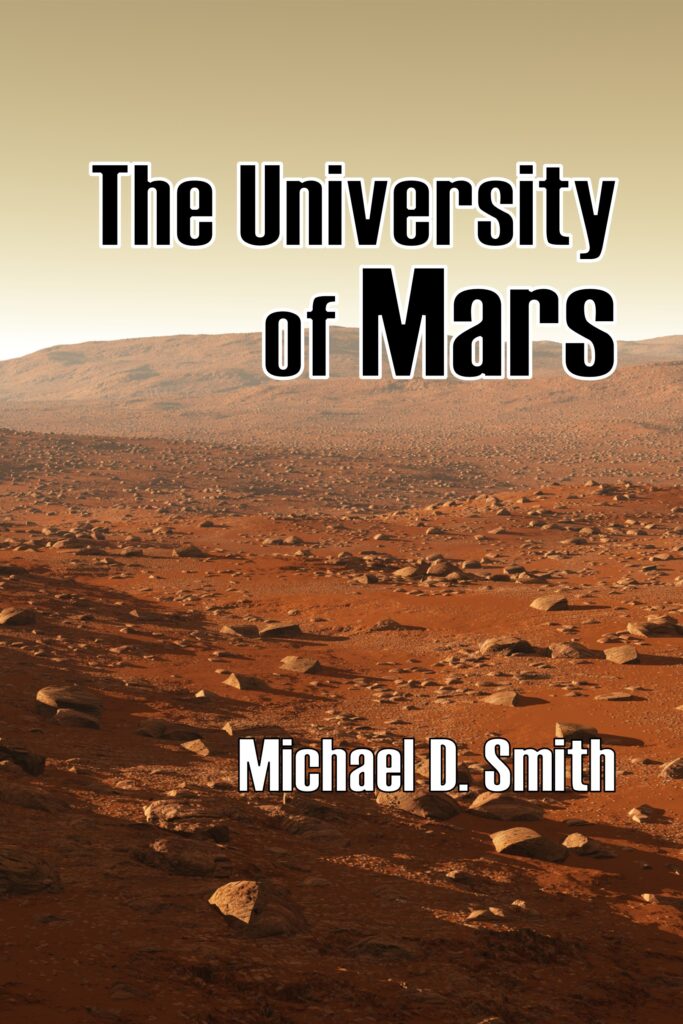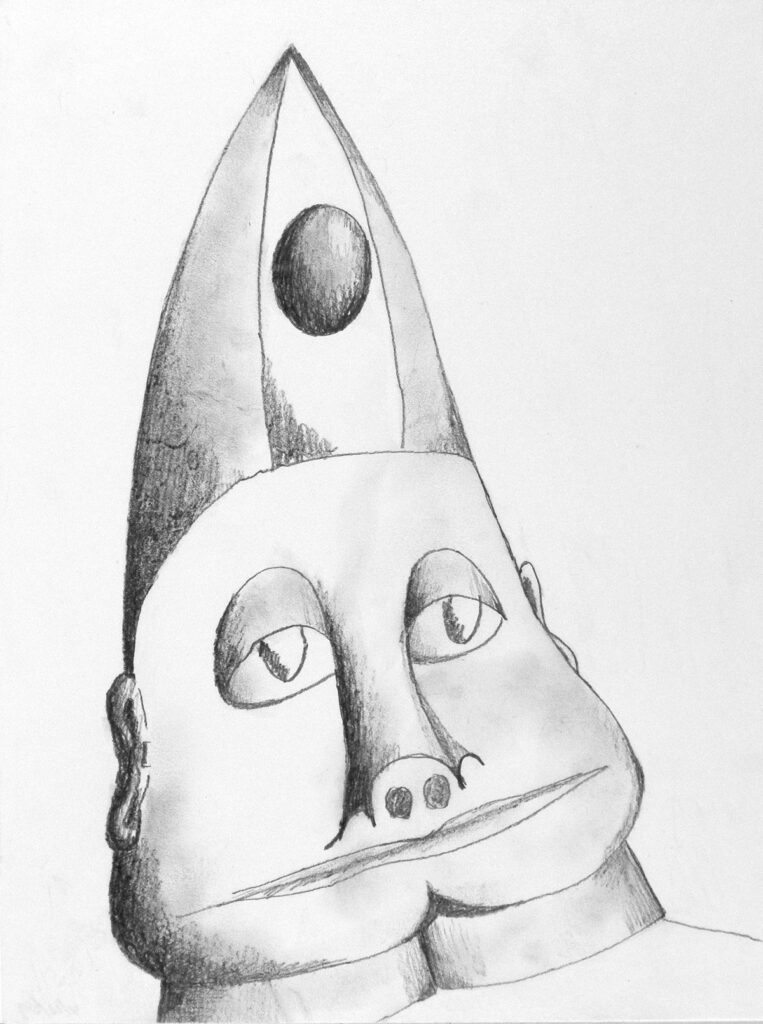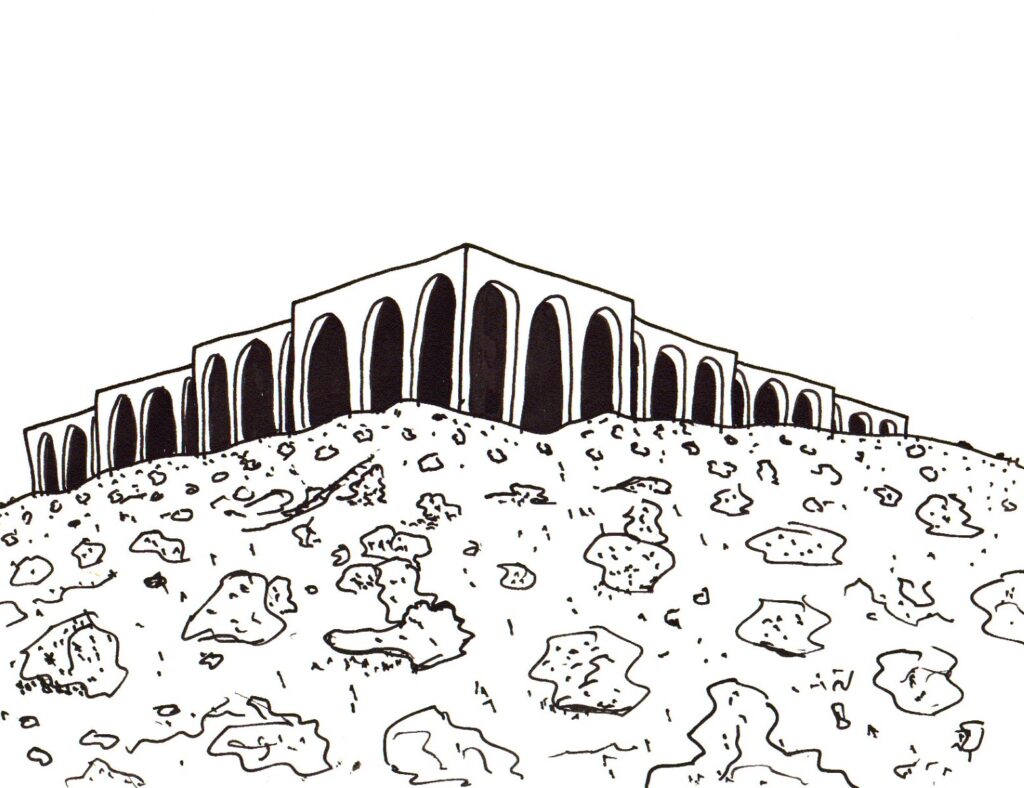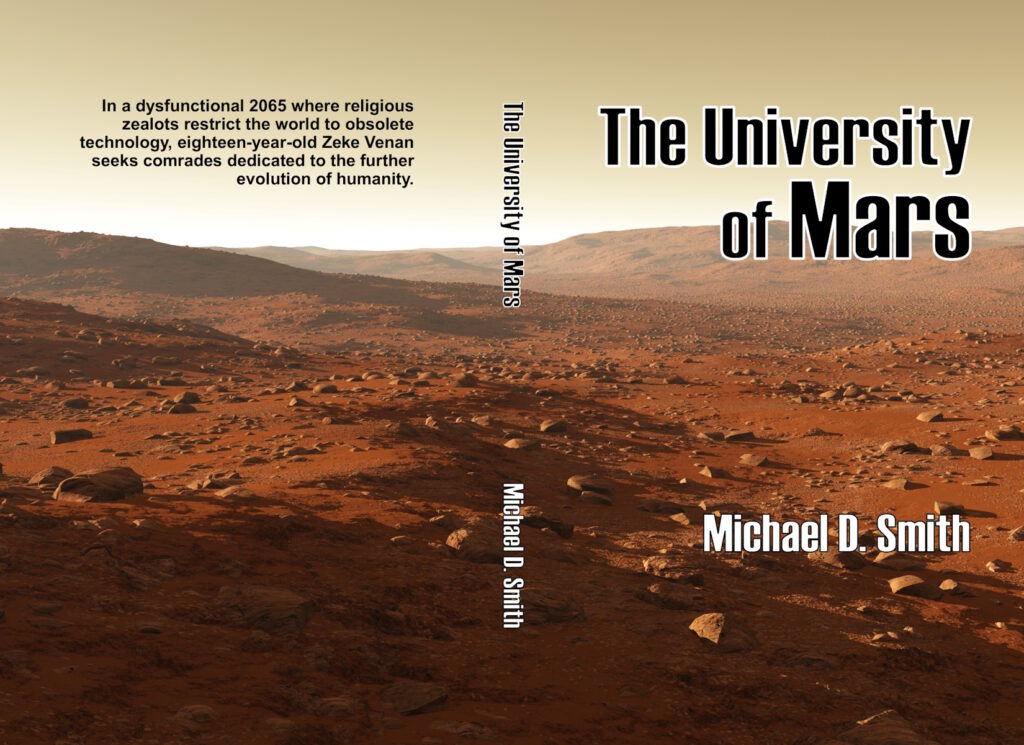 |
In a dysfunctional 2065 where religious zealots restrict the world to outdated twentieth-century technology, eighteen-year-old Zeke Venan dedicates himself to the life of the mind and to the further evolution of humanity. He drags his Australian girlfriend to an impoverished University of Mars in a bombed-out Texas city, but Tansley quickly pegs this school as a mockery of their dreams. Yet they both begin to wonder whether aliens have infiltrated this fraudulent institution to research their own psychological flaws.
Published by Sortmind Press eBook: |
Synopsis
Eighteen-year-old Zeke longs to find a mythic university dedicated to the further evolution of the human race. He also seeks sanctuary from the decaying society of 2065, by which time the world has been conquered by a stagnant new religion called Carnationism. Zeke emigrates to Sydney, Australia to work in a Carnationist bookstore in an underground shopping center, and falls in love with a local girl, Tansley, who owns a candle shop in the mall. Tansley is hospitalized after a car accident, and Zeke convinces her to sell her store and accompany him to the wasteland of West Texas, recently devastated by war and polluted with nerve gas toxins, to enroll in a crackpot university in the ruined city of San Angelo.
At this University of Mars, which both mocks Zeke’s utopian vision and yet strangely satisfies it, Zeke is bewildered by its psychedelic president and its alcoholic provost. He begins to experience the hallucinatory consciousness brought about, unknown to him, by contact with alien beings called Torr’zein. The aliens, eager to make themselves known as “Transcendatrons” to certain human initiates, possess a crippling psychological flaw that makes them shape-shift against their will, physically and painfully transforming into the chaotic images arising in human minds; they’re as desperate for a cure as Zeke is to evolve. Meanwhile, Tansley feels manipulated by Zeke, who forced her to leave her home and livelihood, and breaks up with him. But both Tansley and Zeke are beginning to realize their unnervingly close relationship with the Transcendatrons.
A Little More Background
In defiance of United World Carnationist government, Klaus von Boldtmann declared a West Texas revolution. It held out for two years before being pushed into San Angelo and destroyed. San Angelo itself was never repaired and became an ocean of ruins where Diamond Wotanda and Don Toland have created a crackpot school they call the University of Mars. Toxins in the air from nerve gas weapons have lingered for six years and appear to be the cause of severe hallucinations throughout the populace.
The United World Carnationists grabbed power, declaring that everyone was weary of too much information and needed to get back to basics. Increasing stultifying bureaucratic rules about levels of allowable technology have stifled several generations. But this dystopia, brought about much like U.S. Prohibition in 1920, wasn’t merely the work of arch-conservatives; ultra-green progressives allied with far-right nutjobs to “take us back to Eden.”
Some History of the Novel
Draft 1, 1980-1981. The novel began with a longing for a University of Mind. Mixing in was Shirer’s The Rise and Fall of the Third Reich along with a morbid fascination with UFO abduction literature. Soon I was churning out a science fiction “novel of ideas,” but after a while it got dull. I finally had to declare the experiment over at ten chapters and 250 pages.
Zarreich, Draft 2, and Manuscript, 1981-1986. A new psychological novel, Zarreich, broke through my previous taboos, smashing my inner censor and compelling a new voice for the love story in The University of Mars along with an excellent new ending. I sent queries to numerous publishers, yet finally withdrew the novel when I saw how badly it needed a tune-up.
2009. In proofing a scan of The University of Mars typescript I saw the lovely novel buried under the chaos, and was inspired to consolidate characters, restructure chapters, and create an excellent new plot. But 2009 was polluted by the use of overwhelming italicized thinking, which at the time I thought great. After a few rejections I saw the problems, but instead of fixing them I declared the novel unpublishable.
2024. For years I scorned The University of Mars as a failed experiment. But when, as an exercise, I rewrote the italic thoughts back into real narrative, I was truly surprised to see a compelling novel emerge from beneath all that pollution. Somehow I’ve reached back into an impulse from decades ago and expressed the real thing I’ve wanted all along.
Contents
1. The Confessions of St. Carnation
2. Underneath the Entire City of Sydney
3. The West Texas Gateway to Infinity
4. Zeke Sludges
5. The Poem
6. The Orange Sphere
7. Nurse Faller
8. After Another Argument
9. Zeke Revives
10. How May I Assist the Super Apes?
11. Larry and His Girlfriend
12. The Growing Fog
13. Transcendatron Terror
14. Tansley Walks into the Dream
15. First Day of Class
16. Running Scared in a Rough Draft Novel
17. Skies Spattered with Death
18. Critical Reaction
19. Heartrush
20. Reassessing the Relationship
21. There May Be Amplifiers Downtown
22. Mozart and Steinbeck
23. Novel in Progress
24. Separation
25. His Wife Hides Upstairs
26. We’ve Had This Silverware Twenty Years
27. Millions of Shapes
28. Post-Blowtorch
29. Meeting at GodFizz
30. Mushiness
31. The Courtyard
32. The Voice
33. If Only This Were True
34. The Basement
Blog History
- What Does Your Muse Think of Your Writing Career? August 20, 2011. What my life might have been like if Draft 2 had become world-famous.
- Homage Part 1: Farewell to The University of Mars, April 4, 2015, written when I’d declared the novel unpublishable.
- A Brief History of The University of Mars, June 8, 2024
- The University of Mars – Publication, June 12, 2024
All words and images (except actual cover art) copyright by Michael D. Smith




